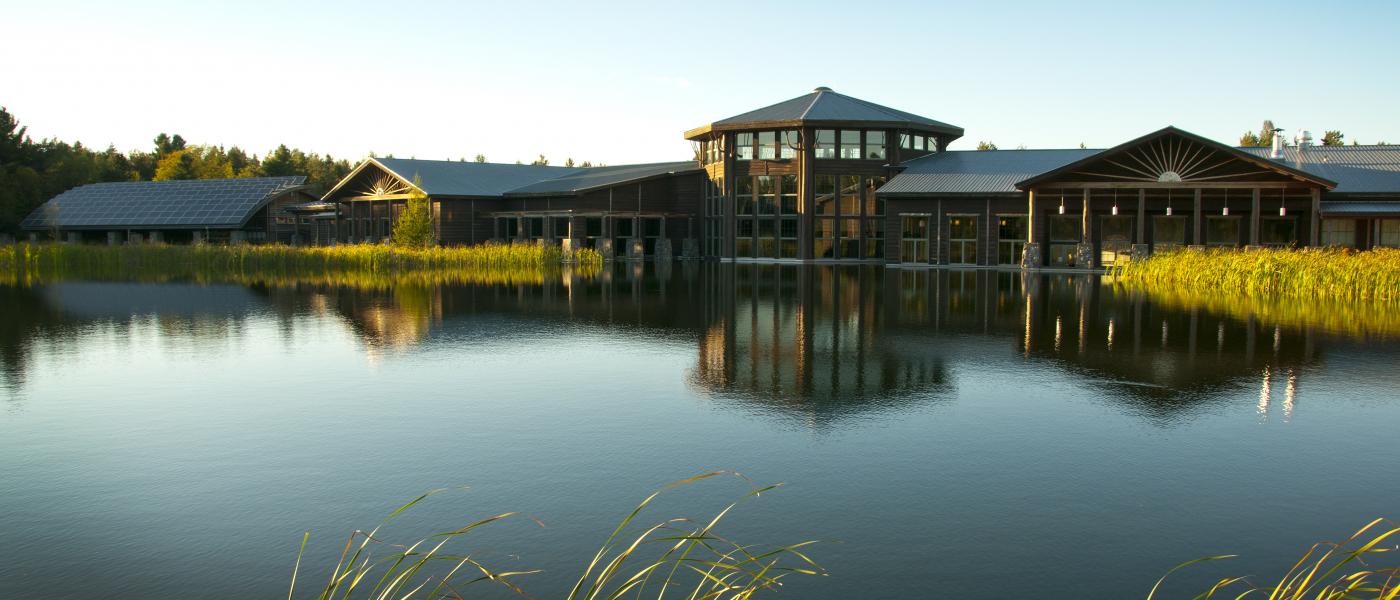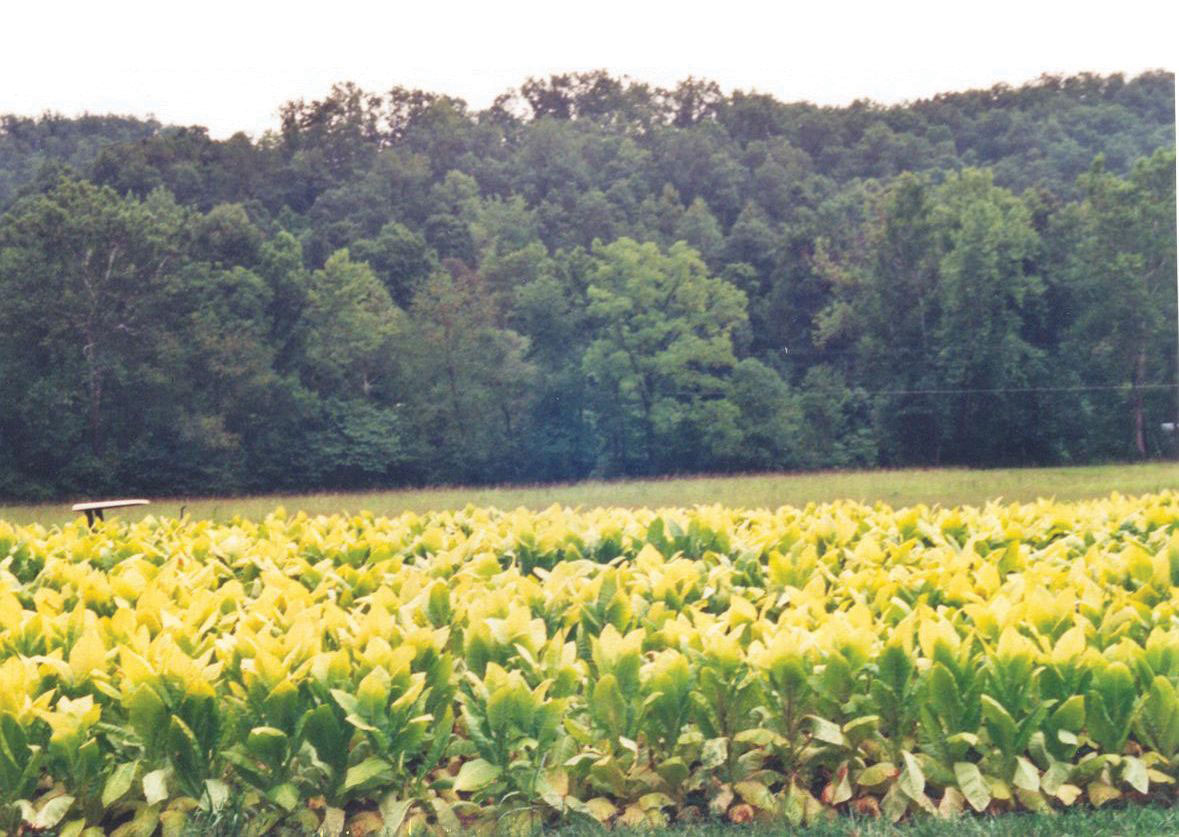The Influence of Geography and Climate on the Formation of the Art Form of the Park
In the formation of an artistic-figurative system in landscape and park art, geographic and climatic conditions play an important role. The park is a constantly transforming system. It changes both during the year, and for many years. This is the difficulty for the creation, study and conservation of gardens and parks, but this is also the special charm of landscape art. Natural pictures always appear before the viewer in a new light.
But not all components of the park composition are subject to changes in equal measure. They can, although with a certain degree of conventionality, be divided into variable and unchanging components. The unchanged components of the park include climate and geomorphological structure of the territory, and the most volatile will be vegetation. Let us dwell on this in more detail.

It is necessary to start with the most resistant to changes components, since they form the basis for the formation of park compositions. As it was said above, the most constant factor, determining the nature of garden and park spaces, is the terrain relief. It is he who sets the tone in the choice of the image of any park, forms the basis of its spatial constructions. If the plants eventually disappear, then its planning structure, defined by the relief, will retain the initial design of its creators for a long time. Of course, this will be possible only on condition that the relief itself is not broken: after all, there are cases when, according to the architect’s plan or due to a natural cataclysm, the terrain changed beyond recognition.
The relief also influences the formation of external and internal visual connections in the work of landscape art, it is able to determine the static or dynamic way of perceiving park paintings.
Speaking about such an important component as the terrain, it is impossible not to recall the historical aspects of the formation of parks. In the history of landscape art, the relief in many ways determined the development of various park types. For example, the “Italian” gardens received a regular layout, in which the breakdown of the territory was carried out in conditions of pronounced relief. Therefore, the transformation of the terrain took place through the arrangement of terraces with ladder marches, with well-found proportions and rhythmic structure.
Accordingly, the relief, which was opened more often only in one direction, was organized and specific points, as well as a system of visual connections and the possibility of perceiving the park paintings. The terrace principle, set by the relief in Italian parks, largely determined the location of buildings, sculptures and hydraulic structures. So, for example, the device of cascades is a variant of the organization of water compositions dictated by the nature of the relief with the use of water level differences. Italian architects, as is known, were unsurpassed masters in hydraulic engineering. The variety of water compositions presented by them is striking. The effects given by the water cascades made it necessary to experiment with cascades from plants, sculptures, etc. One can reasonably assume that one of the reasons for using artistic haircuts in Italian gardens was also the level differences and the terraced composition of the composition. By the way, the dimensions of individual park parts are undoubtedly dictated by the extent and configuration of the terraces, which is a consequence of the specifics of the terrain.
French gardens and parks were arranged in a different relief. In France, the predominance of long plains led to the creation of extensive parterre compositions that resemble the suite of palace interiors and are a natural extension of the palace’s forms. Due to the nature of the terrain, the park techniques that have come from Italy here have been revised and have become a new word in the history of landscape art, known as the “French” regular park.
England presented to us samples of park building that developed under conditions of very different terrain, where there were broad meadow spaces, mountain ranges, extensive forests on the hills, etc. Undoubtedly, the peculiarities of the development of the culture of this or that state also determine the nature of the composition of park compositions. This is most clearly demonstrated by the example of English culture.
However, the character of the relief of the British Isles was no less important in determining the development of English park-building. With a close study of the geomorphology of the UK, it becomes clear that with all the desire here it is simply impossible to create the same parks as in France. Certainly, in a number of compositions the influence of French and Italian samples is traced. However, no one can argue that the change in the philosophy of the garden in English culture took place outside the influence of landscapes. The change of the geometrically planned parterre to the English lawn becomes clear already at the first acquaintance with the nature of England.
The terrain also influences the possible stylistic interpretation in landscape art. This is most vividly expressed during the creation of romantic parks by nature. For example, this or that region with its expressive forms of the landscape could resemble the corners of distant countries, poeticized by romantics. To enhance this impression, it was possible to decorate the adjacent territory in an appropriate way that is, placing a small architectural object, sculpture, etc., as a direct indication of the “original source.” The most vivid example in this sense is the Crimea. Here you can find the corners of nature, very reminiscent of the views of Greece, Scotland and other countries. The park-builders had to see and uncover this natural reality in an appropriate way. In one case, it could be a composition with a palace reminiscent of the mausoleums of the East or temples of Hellas, in another – the castle of the feudal lord. Exceptionally structured forms of the landscape could determine the nature of park compositions as heroic, romantic, exotic, etc.

Sometimes natural objects became the leading theme of this or that region, and then the main accent was made on them. Such a dominant could be an expressive rocky ledge or placer stones. Their shapes and sizes determined the scale and proportions of individual park elements. Of course, some forms of the landscape can be transformed – for example, to increase the height of the hill or level it, dig a pond or drain the swamp. In accordance with the author’s intention, the proportions of natural objects could also change. Even a seemingly completely unchangeable natural object can be “corrected”. For example, it is possible to approximate or remove a mountain massif using group planting. Depending on their composition, height, color, you can not only approximate or push back, but also slightly adjust the natural form, making it even more expressive. Such changes are typical for “landscape” park construction. In the “regular” – the landscape can change dramatically.
Although the history of world park construction knows a lot of cases when, according to the architects’ intention, the landscape changed radically, nevertheless the full transformation was not valued, but delicate work with natural objects. Their presence made the developed territory not only attractive for development, it sometimes determined the creation of certain park paintings.
